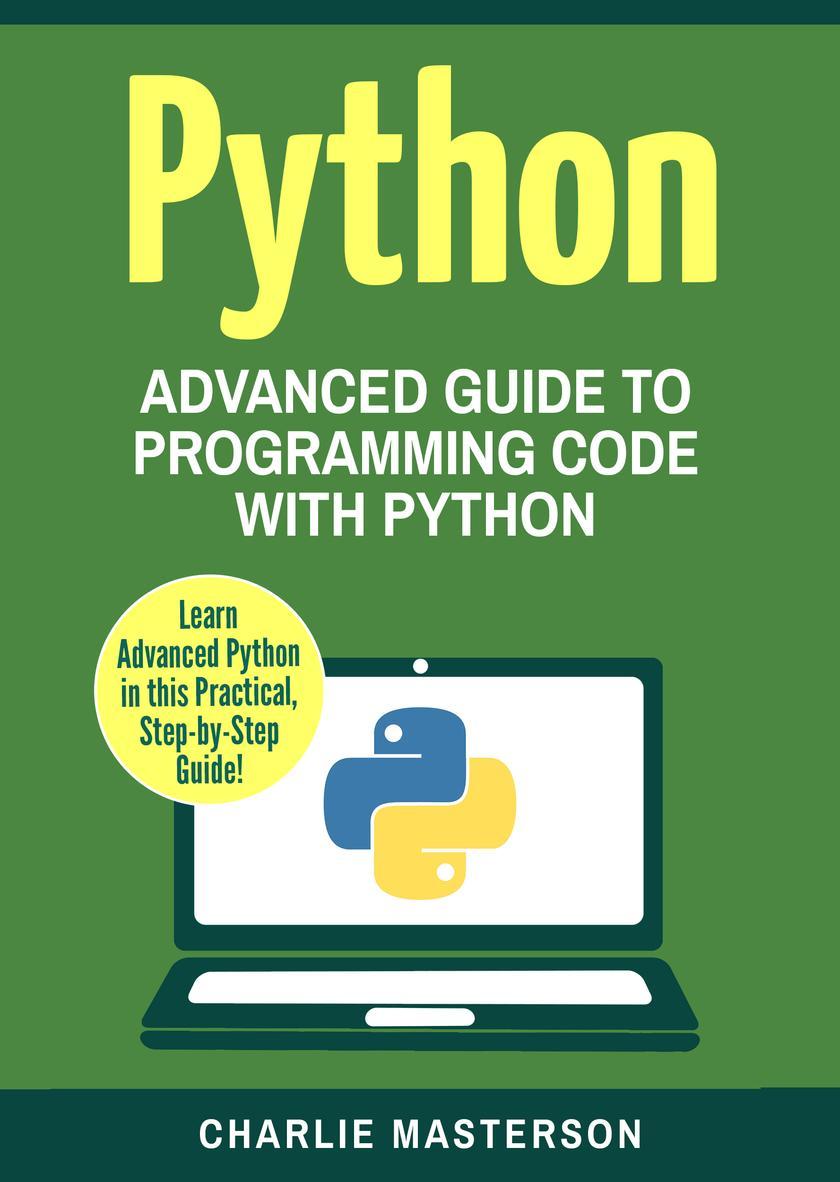
Python: Advanced Guide to Programming Code with Python
¥24.44
Python: Advanced Guide to Programming Code with Python

Narrative Design for Indies: Getting Started
¥40.79
Narrative Design for Indies: Getting Started
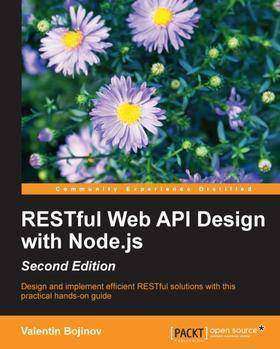
RESTful Web API Design with Node.js - Second Edition
¥222.81
Design and implement efficient RESTful solutions with this practical hands-on guideAbout This Book·Create a fully featured RESTful API solution from scratch.·Learn how to leverage Node.JS, Express, MongoDB and NoSQL datastores to give an extra edge to your REST API design.·Use this practical guide to integrate MongoDB in your Node.js application.Who This Book Is ForThe ideal target audience for this book is web developers who have some experience with RESTful services. Familiarity with basic JavaScript programming techniques is required. No prior experience with Node.JS or Express.js is required.What You Will Learn·Install, develop, and test your own Node.js user modules·Comprehend the differences between an HTTP and a RESTful application·Optimize RESTful service URI routing with best practices·Eliminate third-party dependencies in your tests with mocking·Learn about NoSQL data stores and integrate MongoDB in your Node.js application with Mongoose·Secure your services with NoSQL database integration within Node.js applications·Enrich your development skills to create scalable, server-side, RESTful applications based on the Node.js platformIn DetailIn this era of cloud computing, every data provisioning solution is built in a scalable and fail-safe way. Thus, when building RESTful services, the right choice for the underlying platform is vital. Node.js, with its asynchronous, event-driven architecture, is exactly the right choice to build RESTful APIs.This book will help you enrich your development skills to create scalable, server-side, RESTful applications based on the Node.js platform.Starting with the fundamentals of REST, you will understand why RESTful web services are better data provisioning solution than other technologies. You will start setting up a development environment by installing Node.js, Express.js, and other modules. Next, you will write a simple HTTP request handler and create and test Node.js modules using automated tests and mock objects. You will then have to choose the most appropriate data storage type, having options between a key/value or document data store, and also you will implement automated tests for it. This module will evolve chapter by chapter until it turns into a full-fledged and secure Restful service.Style and approachCreate state of the art RESTful API solutions leveraging Node.JS 4.x.
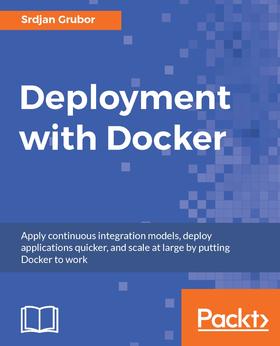
Deployment with Docker
¥297.10
A practical guide to rapidly and efficiently mastering Docker containers, along with tips and tricks learned in the field.About This Book·Use Docker containers, horizontal node scaling, modern orchestration tools (Docker Swarm, Kubernetes, and Mesos) and Continuous Integration/Continuous Delivery to manage your infrastructure.·Increase service density by turning often-idle machines into hosts for numerous Docker services.·Learn what it takes to build a true container infrastructure that is scalable, reliable, and resilient in the face of increased complexities from using container infrastructures.·Find out how to identify, debug, and mitigate most real-world, undocumented issues when deploying your own Docker infrastructure.·Learn tips and tricks of the trade from existing Docker infrastructures running in production environments.Who This Book Is ForThis book is aimed at system administrators, developers, DevOps engineers, and software engineers who want to get concrete, hands-on experience deploying multi-tier web applications and containerized microservices using Docker. This book is also for anyone who has worked on deploying services in some fashion and wants to take their small-scale setups to the next level (or simply to learn more about the process).What You Will Learn·Set up a working development environment and create a simple web service to demonstrate the basics·Learn how to make your service more usable by adding a database and an app server to process logic·Add resilience to your services by learning how to horizontally scale with a few containers on a single node·Master layering isolation and messaging to simplify and harden the connectivity between containers·Learn about numerous issues encountered at scale and their workarounds, from the kernel up to code versioning·Automate the most important parts of your infrastructure with continuous integrationIn DetailDeploying Docker into production is considered to be one of the major pain points in developing large-scale infrastructures, and the documentation available online leaves a lot to be desired. With this book, you will learn everything you wanted to know to effectively scale your deployments globally and build a resilient, scalable, and containerized cloud platform for your own use.The book starts by introducing you to the containerization ecosystem with some concrete and easy-to-digest examples; after that, you will delve into examples of launching multiple instances of the same container. From there, you will cover orchestration, multi-node setups, volumes, and almost every relevant component of this new approach to deploying services. Using intertwined approaches, the book will cover battle-tested tooling, or issues likely to be encountered in real-world scenarios, in detail. You will also learn about the other supporting components required for a true PaaS deployment and discover common options to tie the whole infrastructure together.At the end of the book, you learn to build a small, but functional, PaaS (to appreciate the power of the containerized service approach) and continue to explore real-world approaches to implementing even larger global-scale services.Style and approachThis in-depth learning guide shows you how to deploy your applications in production using Docker (from the basic steps to advanced concepts) and how to overcome challenges in Docker-based infrastructures. The book also covers practical use-cases in real-world examples, and provides tips and tricks on the various topics.
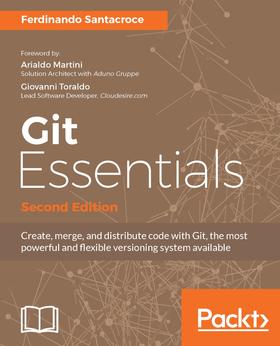
Git Essentials - Second Edition
¥259.95
Dive and explore into the latest addons of the latest Git.About This Book·Master all the basic concepts of Git to protect your code and make it easier to evolve·Use Git proficiently, and learn how to resolve day-by-day challenges easily·This step-by-step guide is packed with examples to help you learn and work with Git's internalsWho This Book Is ForIf you are a software developer with little or no experience of versioning systems, or you are familiar with other centralized versioning systems, then this book is for you.If you have experience in server and system management and need to broaden your use of Git from a DevOps perspective, this book contains everything you need.What You Will Learn·Master Git fundamentals·Be able to "visualize," even with the help of a valid GUI tool·Write principal commands in a shell·Figure out the right strategy to run change your daily work with few or no annoyances·Explore the tools used to migrate to Git from the Subversion versioning system without losing your development history·Plan new projects and repositories with ease, using online services, or local network resourcesIn DetailSince its inception, Git has attracted skilled developers due to its robust, powerful, and reliable features. Its incredibly fast branching ability transformed a piece of code from a niche tool for Linux Kernel developers into a mainstream distributed versioning system. Like most powerful tools, Git can be hard to approach since it has a lot of commands, subcommands, and options that easily confuse newcomers.The 2nd edition of this very successful book will help you overcome this fear and become adept in all the basic tasks in Git. Building upon the success of the first book, we start with a brief step-by-step installation guide; after this, you'll delve into the essentials of Git. For those of you who have bought the first edition, this time we go into internals in far greater depth, talking less about theory and using much more practical examples.The book serves as a primer for topics to follow, such as branching and merging, creating and managing a GitHub personal repository, and fork and pull requests. You'll then learn the art of cherry-picking, taking only the commits you want, followed by Git blame. Finally, we'll see how to interoperate with a Subversion server, covering the concepts and commands needed to convert an SVN repository into a Git repository.To conclude, this is a collection of resources, links, and appendices to satisfy even the most curious.Style and approachThis short guide will help you understand the concepts and fundamentals of GIT is a step-by-step manner.
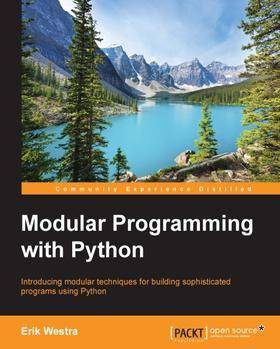
Modular Programming with Python
¥297.10
Introducing modular techniques for building sophisticated programs using PythonAbout This Book·The book would help you develop succinct, expressive programs using modular deign·The book would explain best practices and common idioms through carefully explained and structured examples·It will have broad appeal as far as target audience is concerned and there would be take away for all beginners to PythonWho This Book Is ForThis book is intended for beginner to intermediate level Python programmers who wish to learn how to use modules and packages within their programs. While readers must understand the basics of Python programming, no knowledge of modular programming techniques is required.What You Will Learn·Learn how to use modules and packages to organize your Python code·Understand how to use the import statement to load modules and packages into your program·Use common module patterns such as abstraction and encapsulation to write better programs·Discover how to create self-testing Python packages·Create reusable modules that other programmers can use·Learn how to use GitHub and the Python Package Index to share your code with other people·Make use of modules and packages that others have written·Use modular techniques to build robust systems that can handle complexity and changing requirements over timeIn DetailPython has evolved over the years and has become the primary choice of developers in various fields. The purpose of this book is to help readers develop readable, reliable, and maintainable programs in Python.Starting with an introduction to the concept of modules and packages, this book shows how you can use these building blocks to organize a complex program into logical parts and make sure those parts are working correctly together.Using clearly written, real-world examples, this book demonstrates how you can use modular techniques to build better programs. A number of common modular programming patterns are covered, including divide-and-conquer, abstraction, encapsulation, wrappers and extensibility. You will also learn how to test your modules and packages, how to prepare your code for sharing with other people, and how to publish your modules and packages on GitHub and the Python Package Index so that other people can use them. Finally, you will learn how to use modular design techniques to be a more effective programmer.Style and approachThis book will be simple and straightforward, focusing on imparting learning through a wide array of examples that the readers can put into use as they read through the book. They should not only be able to understand the way modules help in improving development, but they should also be able to improvise on their techniques of writing concise and effective code.
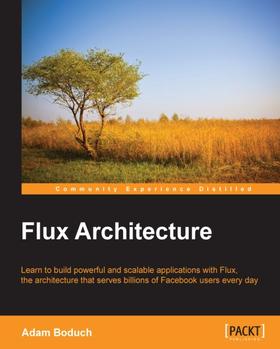
Flux Architecture
¥334.25
Learn to build powerful and scalable applications with Flux, the architecture that serves billions of Facebook users every dayAbout This Book·This the first resource dedicated to the new architectural pattern that powers Facebook·You'll learn all the tips and tricks you need to get the most out of Flux·Filled with practical, hands-on samples, you'll not only understand how Flux works, but will be able to start building Flux-powered applications straight away·Written by Adam Boduch, software architect at Virtustream (EMC), and author of JavaScript at Scale, JavaScript Concurrency, and jQuery UI Cookbook for Packt PublishingWho This Book Is ForAre you trying to use React, but are struggling to get your head around Flux? Maybe you're tired of MV* spaghetti code at scale? Do you find yourself asking what the Flux?!Flux Architecture will guide you through everything you need to understand the Flux pattern, and design and build powerful web applications that rely on the Flux architecture.You don't need to know what Flux is or how it works to read along with the book. No knowledge of Flux's partner technology, ReactJS, is necessary to follow along, but it is recommended that you have a good working knowledge of JavaScript.What You Will Learn·Understand the Flux pattern and how it will impact your React applications·Build real-world applications that rely on Flux·Handle asynchronous actions in your application·Implement immutable stores with Immutable.js·Replace React.js with alternate View components such as jQuery and Handlebars·Test and benchmark your Flux architecture using Jest—Facebook's enhancement of the Jasmine libraryIn DetailWhilst React has become Facebook's poster-child for clean, complex, and modern web development, it has quietly been underpinned by its simplicity. It's just a view. The real beauty in React is actually the architectural pattern that handles data in and out of React applications: Flux. With Flux, you're able to build data-rich applications that engage your users, and scale to meet every demand. It is a key part of the Facebook technology stack that serves billions of users every day.This book will start by introducing the Flux pattern and help you get an understanding of what it is and how it works. After this, we'll build real-world React applications that highlight the power and simplicity of Flux in action. Finally, we look at the landscape of Flux and explore the Alt and Redux libraries that make React and Flux developments easier.Filled with fully-worked examples and code-first explanations, by the end of the book, you'll not only have a rock solid understanding of the architecture, but will be ready to implement Flux architecture in anger.Style and approachThis book is filled with practical, hands-on examples. You'll not only understand how Flux works, but will be able to start building Flux-powered applications straight away.
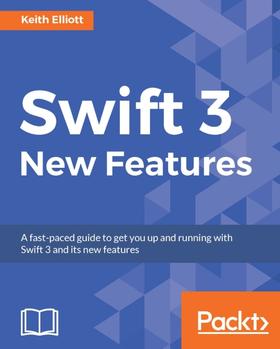
Swift 3 New Features
¥222.81
A fast-paced guide to get you up and running with Swift 3 and its new featuresAbout This Book·Get up to date with the latest changes to Swift 3·Make your life easier by knowing how to port your Swift code to the latest version·Learn how to write programs that work on most of the major platforms such as iOS and LinuxWho This Book Is ForThe book is for those who are familiar with Swift but are in need of clear guidance on what's changed in the latest version and the new features.What You Will Learn·Migrate a Swift 2.2 project to Swift 3·Understand the workings of Swift Package Manager·Interact with Cocoa libraries when importing Objective C to Swift·Explore the function and operator changes new in Swift 3·Work with the advanced type changes, attribute improvements, and floating point type improvements in Swift·Discover the changes in the Swift API and see how Objective-C can be manipulated in the current API·Implement the new features central to Swift Testing and understand the new debug features·Create server-side applications using Swift 3In DetailSince Swift was introduced by Apple in WWDC 2015, it has gone on to become one of the most beloved languages to develop iOS applications with. In the new version, the Swift team aimed to take its adoption to the next level by making it available for new platforms and audiences.This book will very quickly get you up to speed and productive with Swift 3. You will begin by understanding the process of submitting new feature requests for future versions of Swift. Swift 3 allows you to develop and run your applications on a Linux machine. Using this feature, you will write your first Linux application using the debugger in Linux. Using Swift migrator, you will initiate a conversion from Swift 2.2 to Swift 3.Further on, you will learn how to interact with Cocoa libraries when importing Objective C to Swift. You will explore the function and operator changes new to Swift 3, followed by Collection and Closure changes. You will also see the changes in Swift 3 that allow you write tests easier with XCTest and debug your running code better with new formats as well. Finally, you will have a running server written completely in Swift on a Linux box.By the end of the book, you will know everything you need to know to dive into Swift 3 and build successful projects.Style and approachThe book takes a tutorial-based approach offering an overview of the new features introduced in the latest version of Swift. It includes relevant examples of how code and concepts change when it comes to working on Swift 3 compared to previous versions.
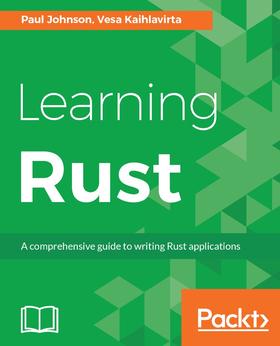
Learning Rust:A comprehensive guide to writing Rust applications
¥334.25
Start building fast and robust applications with the power of Rust by your sideAbout This Book·Get started with the language to build scalable and high performance applications·This book will help C#/C++ developers gain better performance and memory management·Discover the power of Rust when developing concurrent applications for large and scalable softwareWho This Book Is ForThe book is for absolute beginners to Rust, who want to build high performance, concurrent applications for their projects. It is suitable for developers who have a basic knowledge of programming and developers who are using the C#/C++ language to write their applications. No knowledge of Rust is expected.What You Will Learn·Set up Rust for Windows, Linux, and OS X·Write effective code using Rust·Expand your Rust applications using libraries·Interface existing non-Rust libraries with your Rust applications·Use the standard library within your applications·Understand memory management within Rust and speed efficiency when passing variables·Create more complex data types·Study concurrency in Rust with multi-threaded applications and sync threading techniques to improve the performance of an application problemIn DetailRust is a highly concurrent and high performance language that focuses on safety and speed, memory management, and writing clean code. It also guarantees thread safety, and its aim is to improve the performance of existing applications. Its potential is shown by the fact that it has been backed by Mozilla to solve the critical problem of concurrency.Learning Rust will teach you to build concurrent, fast, and robust applications. From learning the basic syntax to writing complex functions, this book will is your one stop guide to get up to speed with the fundamentals of Rust programming. We will cover the essentials of the language, including variables, procedures, output, compiling, installing, and memory handling.You will learn how to write object-oriented code, work with generics, conduct pattern matching, and build macros. You will get to know how to communicate with users and other services, as well as getting to grips with generics, scoping, and more advanced conditions. You will also discover how to extend the compilation unit in Rust.By the end of this book, you will be able to create a complex application in Rust to move forward with.Style and approachThis comprehensive book will focus on the Rust syntax, functions, data types, and conducting pattern matching for programmers. It is divided into three parts and each part of the book has an objective to enable the readers to create their own applications at an appropriate level, ultimately towards creating complex applications.
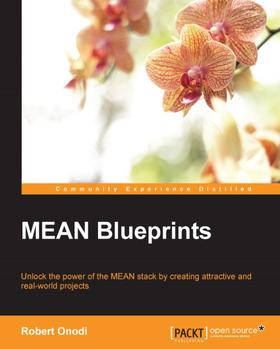
MEAN Blueprints
¥334.25
Unlock the power of the MEAN stack by creating attractive and real-world projectsAbout This Book·Build six optimum end-to-end web applications using the M.E.A.N stack·Follow the advanced Angular.js 2 application structure to build more scalable and maintainable apps·Integrate an authorization system into your application and reuse existing code from projectsWho This Book Is ForIf you are a web developer with a basic understanding of the MEAN stack, experience in developing applications with JavaScript, and basic experience with NoSQL databases, then this book is for you.What You Will Learn·Build modern, end-to-end web applications by employing the full stack web development solution of MEAN·Learn NoSQL databases and separate the client logic from the server code·Build a complex application from start to finish and work with monetary data in MongoDB·Handle a multi-user type system and authorize your users to access control list·Implement a chat application from scratch using Socket.IO·Create distributed applications and use the power of server-side rendering in your applications·Extend a project with a real-time bidding system using WebSocketsIn DetailThe MEAN stack is a combination of the most popular web development frameworks available—MongoDB, Angular, Express, and Node.js used together to offer a powerful and comprehensive full stack web development solution. It is the modern day web dev alternative to the old LAMP stack. It works by allowing AngularJS to handle the front end, and selecting Mongo, Express, and Node to handle the back-end development, which makes increasing sense to forward-thinking web developers. The MEAN stack is great if you want to prototype complex web applications.This book will enable you to build a better foundation for your AngularJS apps. Each chapter covers a complete, single, advanced end-to-end project. You'll learn how to build complex real-life applications with the MEAN stack and few more advanced projects. You will become familiar with WebSockets and build real-time web applications, as well as create auto-destructing entities. Later, we will combine server-side rendering techniques with a single page application approach. You'll build a fun project and see how to work with monetary data in Mongo. You will also find out how to a build real-time e-commerce application.By the end of this book, you will be a lot more confident in developing real-time, complex web applications using the MEAN stack.Style and approachThis book is filled with independent hands-on projects that teach you how to build real-life end-to-end complex web applications using the MEAN stack.
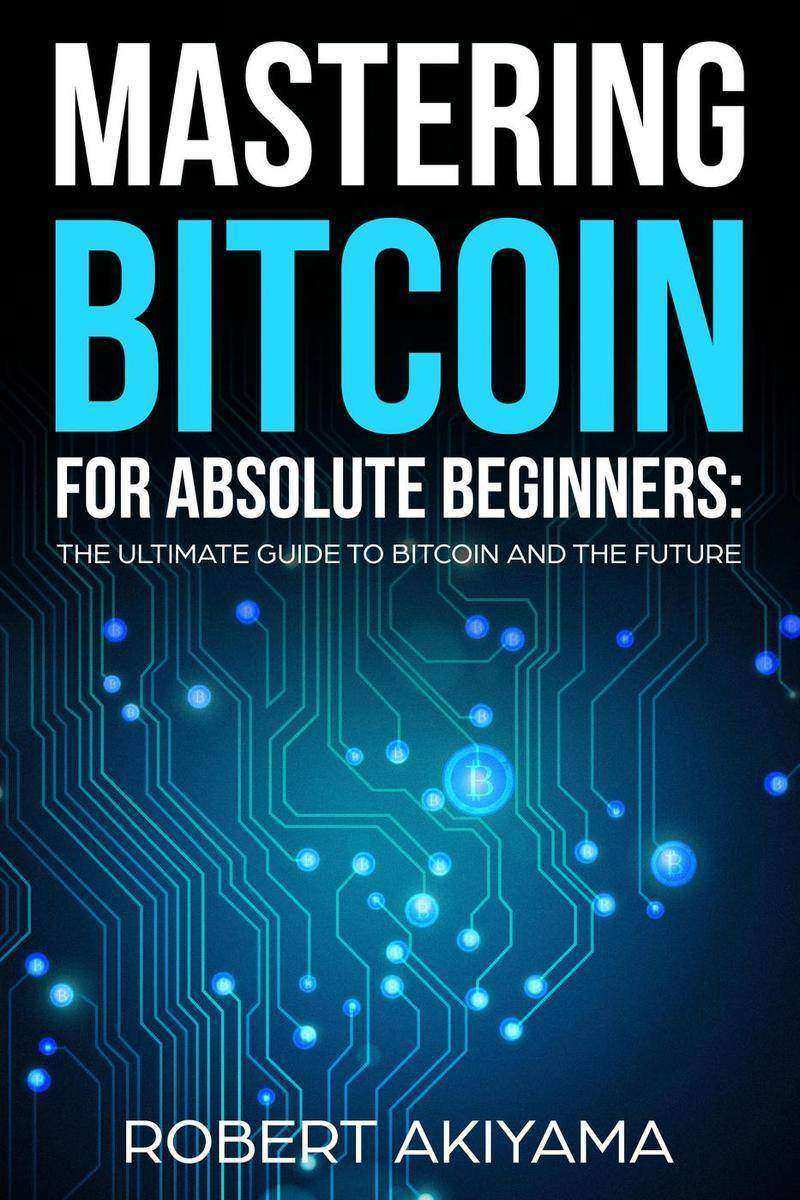
Mastering Bitcoin For Absolute Beginners: The Ultimate Guide To Bitcoin And The
¥32.62
☆★☆The Ultimate ?Guide To The World of Bitcoin ?Technology is here! ☆★☆ This book will teach you the history, fundamentals, and real world applications of bitcoin cryptocurrency ?Tired of being cheated by the current system of ?central banking? They are like rouge intermediaries with absolute control and hold all the power and can print money on a whim. How much longer can we allow this dysfunctional system of currency exchange to exist? ?This is the digital age and this new wave of currency will impact the lives of millions and even billions worldwide! ?Meaning ?no more scandals from third party intermediaries who can print money out of thin air! No more centralized banks! But a unified and decentralized system that is transparent, distributed, and validated among EVERYONE. If ?you are wondering how can all this be possible? Than it is strongly recommended you grab your copy now and learn everything you need to know about bitcoin, whether you want to invest or understand the convoluted concepts of cyptocurrency in the most easy to read and detailed step by step guide in plain English! What You'll Learn ?Benefits of Bitcoin ?History of Bitcoin Real World Application ?Blockchain technology ?How mining works ?Estimating Trends ?Worldwide Influence On ?Laws, Policies and Regulations For Bitcoin ?And, much,much more! Not enough? Ok, well there's more... This book also includes bonus chapters and diagrams! ?Over 200+ pages of valuable content! ?How Does This Book Differ From The Rest? ?This book is truly set apart from the rest and is vastly superior. There's an entire section dedicated to blockchain technology as understanding the fundamental technology behind bitcoin is as equally as important itself. Unlike other books this book does not skim over any details, but gives you the reader an enhanced experience of in depth information, so you can have a greater understanding of both bitcoin and blockchain technology. What are you waiting for? Grab your copy now and join the next big wave of change and see the future! ?Imagine a world with no more physical currency or central authority figures that control the supply of money.
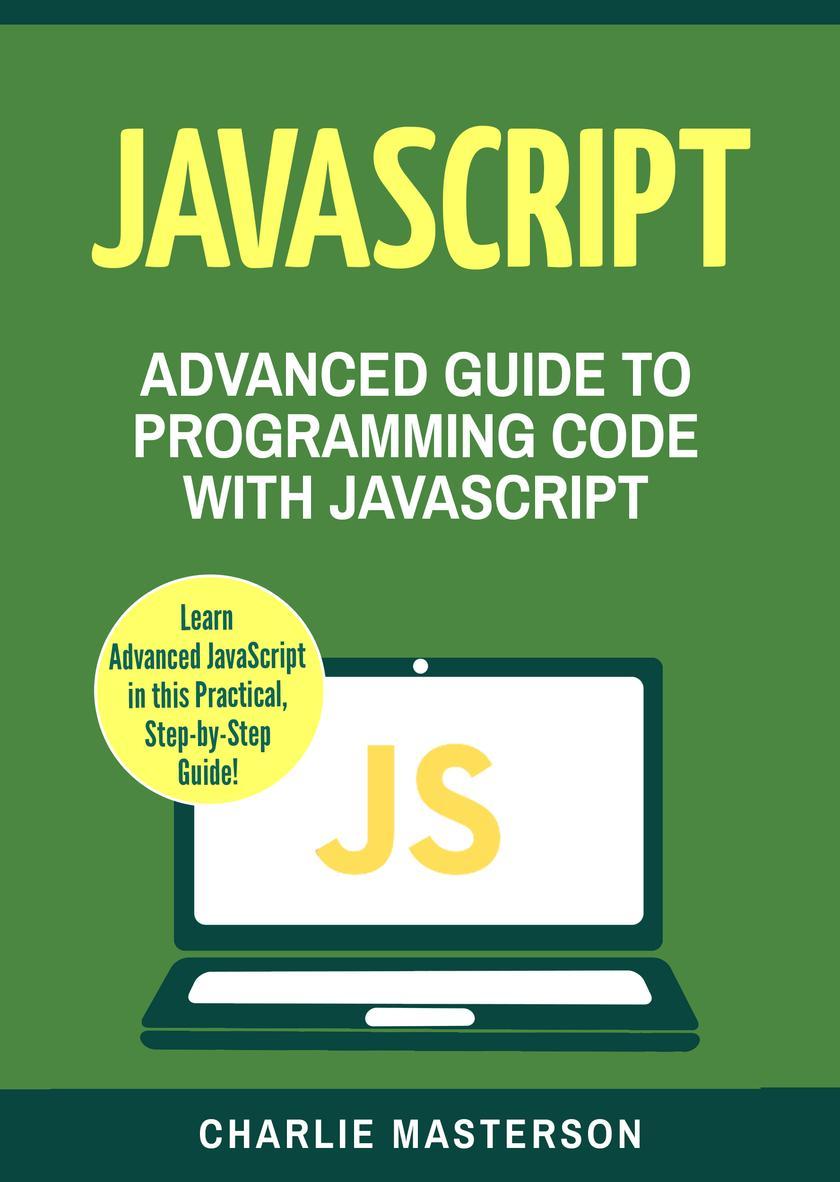
JavaScript: Advanced Guide to Programming Code with JavaScript
¥24.44
JavaScript: Advanced Guide to Programming Code with JavaScript
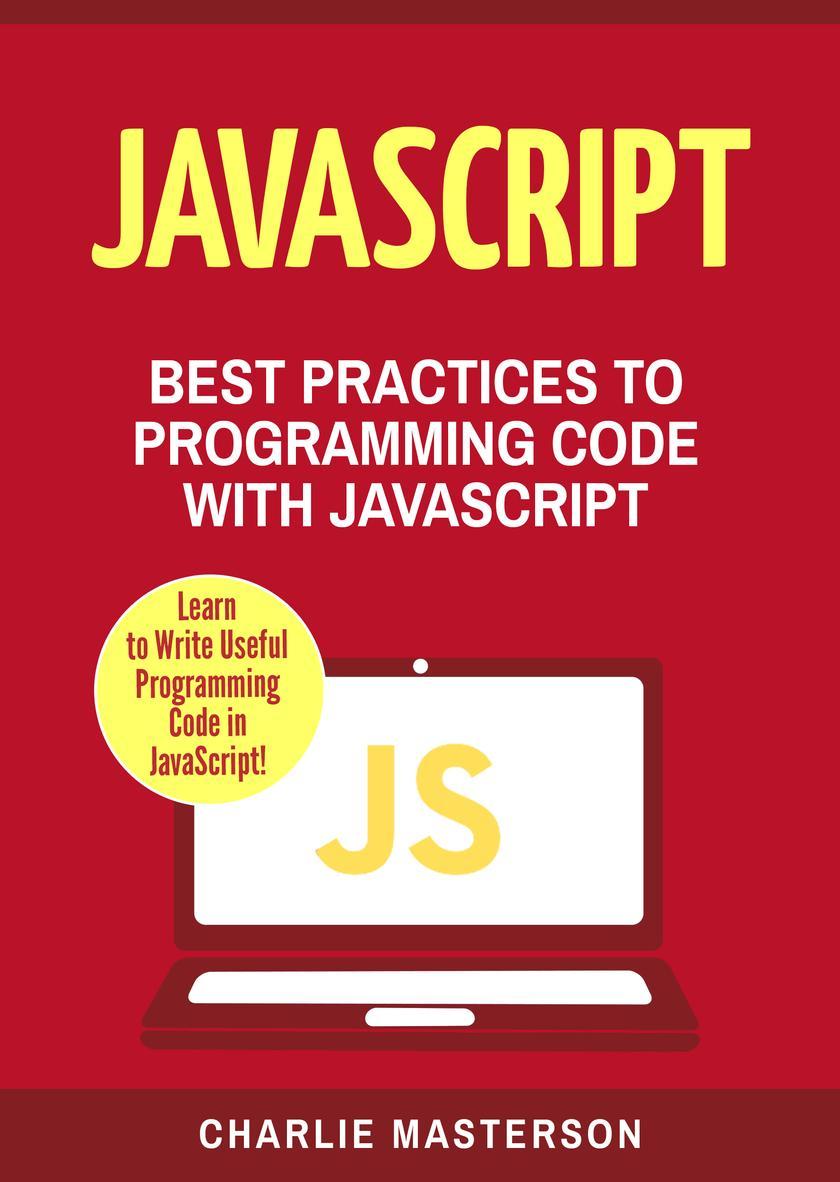
JavaScript: Best Practices to Programming Code with JavaScript
¥24.44
JavaScript: Best Practices to Programming Code with JavaScript
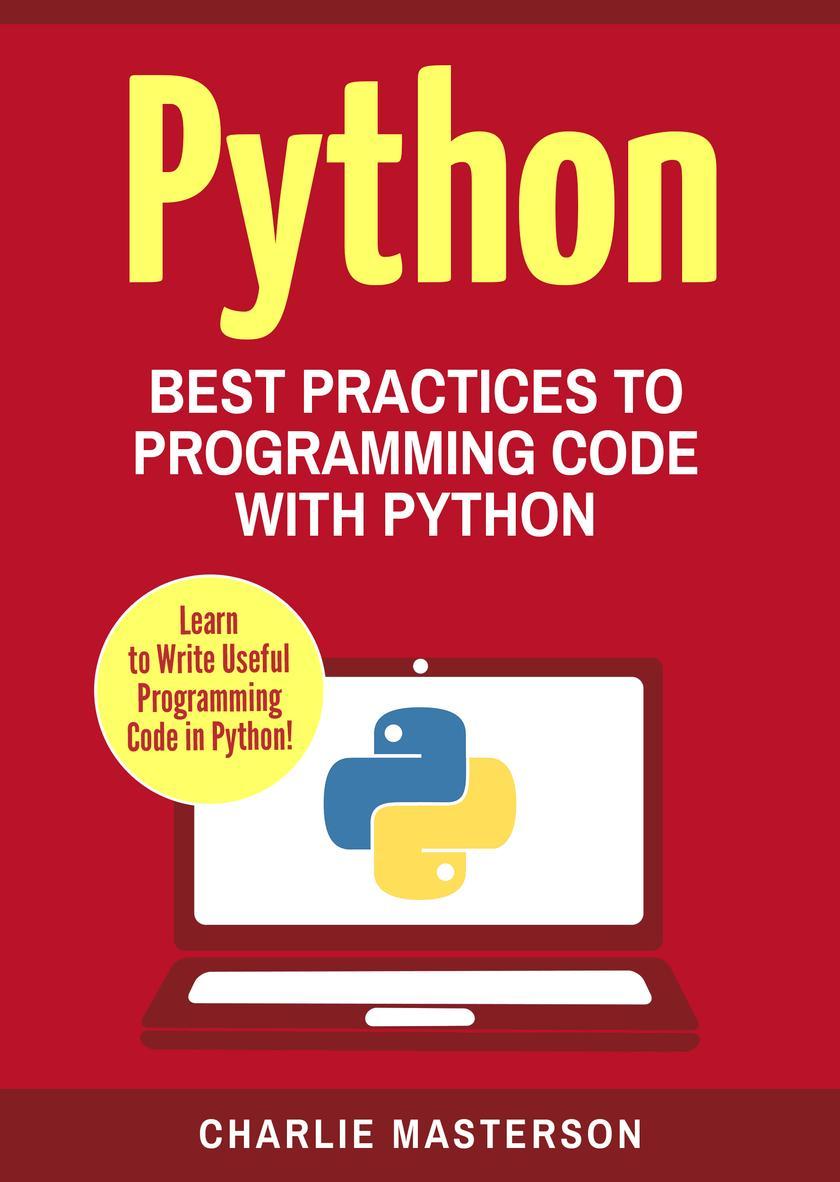
Python: Best Practices to Programming Code with Python
¥24.44
Python: Best Practices to Programming Code with Python
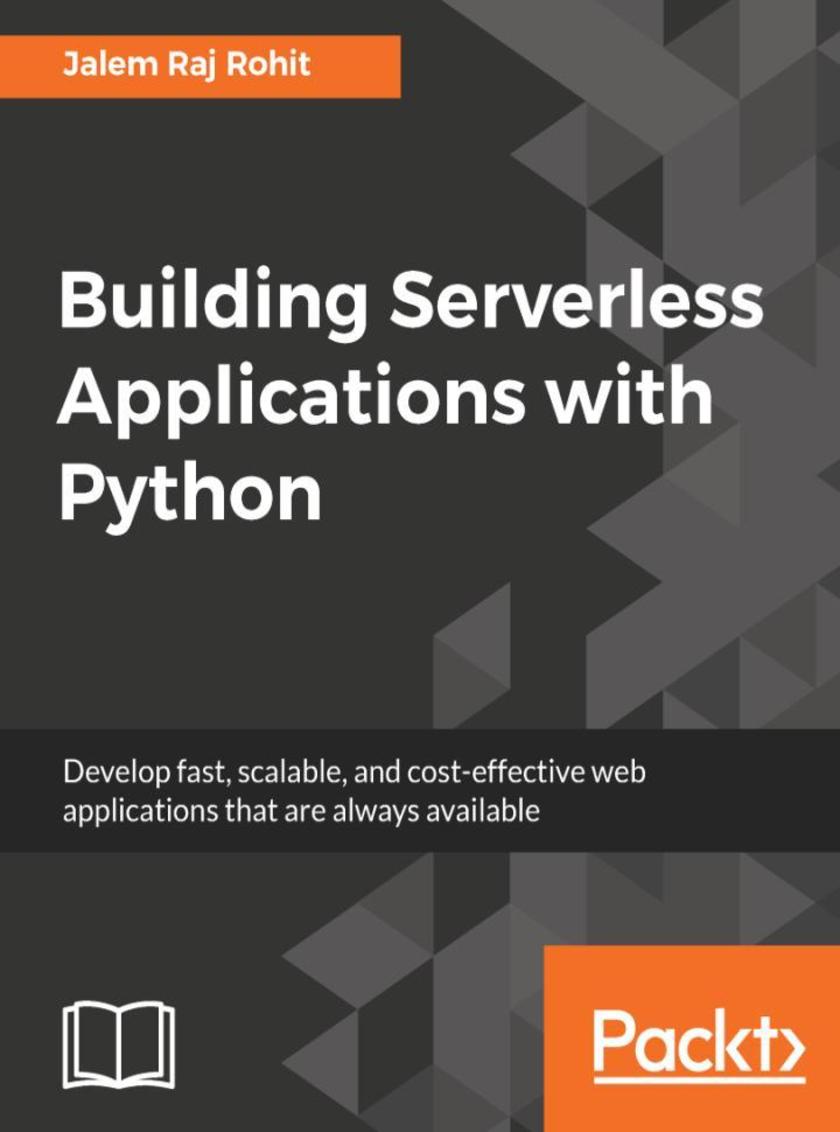
Building Serverless Applications with Python
¥90.46
Building efficient Python applications at minimal cost by adopting serverless architectures About This Book ? Design and set up a data flow between cloud services and custom business logic ? Make your applications efficient and reliable using serverless architecture ? Build and deploy scalable serverless Python APIs Who This Book Is For This book is for Python developers who would like to learn about serverless architecture. Python programming knowledge is assumed. What You Will Learn ? Understand how AWS Lambda and Microsoft Azure Functions work and use them to create an application ? Explore various triggers and how to select them, based on the problem statement ? Build deployment packages for Lambda functions ? Master the finer details about building Lambda functions and versioning ? Log and monitor serverless applications ? Learn about security in AWS and Lambda functions ? Scale up serverless applications to handle huge workloads and serverless distributed systems in production ? Understand SAM model deployment in AWS Lambda In Detail Serverless architectures allow you to build and run applications and services without having to manage the infrastructure. Many companies have adopted this architecture to save cost and improve scalability. This book will help you design serverless architectures for your applications with AWS and Python. The book is divided into three modules. The first module explains the fundamentals of serverless architecture and how AWS lambda functions work. In the next module, you will learn to build, release, and deploy your application to production. You will also learn to log and test your application. In the third module, we will take you through advanced topics such as building a serverless API for your application. You will also learn to troubleshoot and monitor your app and master AWS lambda programming concepts with API references. Moving on, you will also learn how to scale up serverless applications and handle distributed serverless systems in production. By the end of the book, you will be equipped with the knowledge required to build scalable and cost-efficient Python applications with a serverless framework. Style and approach The book takes a pragmatic approach, using a real-world example to demonstrate building efficient, secure, and scalable serverless applications.
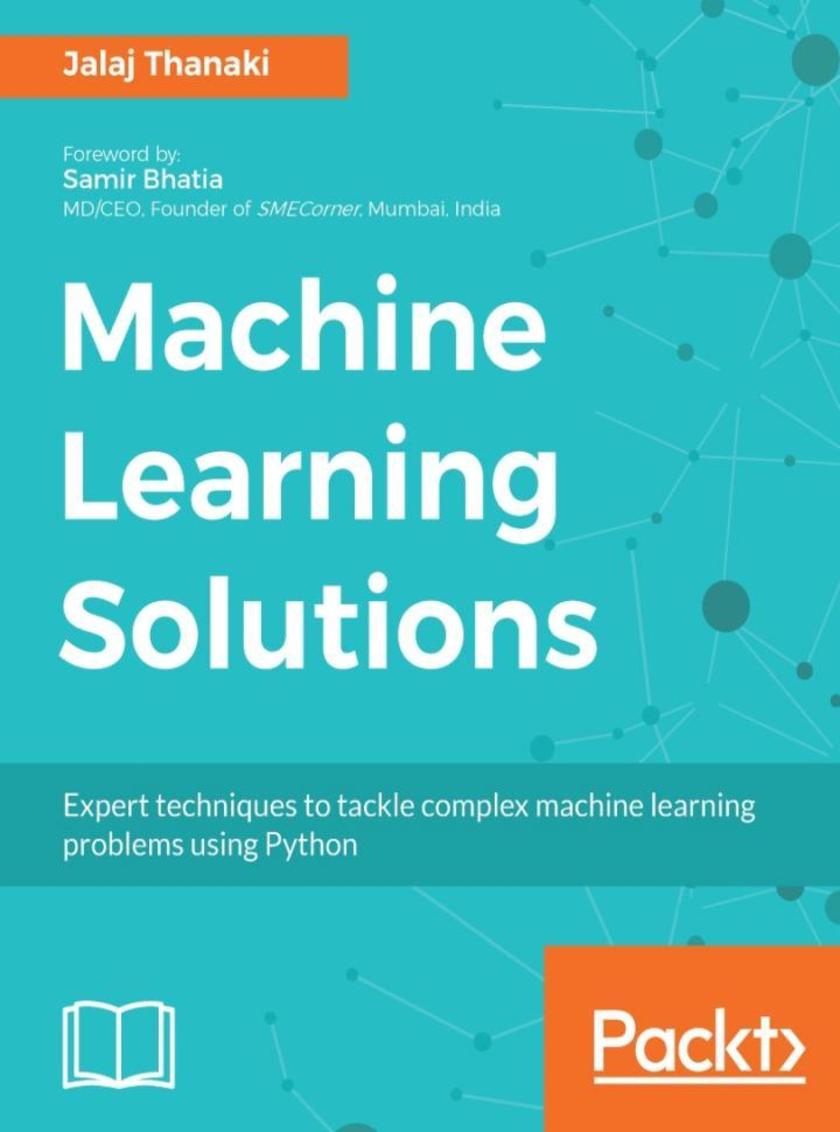
Machine Learning Solutions
¥73.02
Practical, hands-on solutions in Python to overcome any problem in Machine Learning About This Book ? Master the advanced concepts, methodologies, and use cases of machine learning ? Build ML applications for analytics, NLP and computer vision domains ? Solve the most common problems in building machine learning models Who This Book Is For This book is for the intermediate users such as machine learning engineers, data engineers, data scientists, and more, who want to solve simple to complex machine learning problems in their day-to-day work and build powerful and efficient machine learning models. A basic understanding of the machine learning concepts and some experience with Python programming is all you need to get started with this book. What You Will Learn ? Select the right algorithm to derive the best solution in ML domains ? Perform predictive analysis effciently using ML algorithms ? Predict stock prices using the stock index value ? Perform customer analytics for an e-commerce platform ? Build recommendation engines for various domains ? Build NLP applications for the health domain ? Build language generation applications using different NLP techniques ? Build computer vision applications such as facial emotion recognition In Detail Machine learning (ML) helps you find hidden insights from your data without the need for explicit programming. This book is your key to solving any kind of ML problem you might come across in your job. You’ll encounter a set of simple to complex problems while building ML models, and you'll not only resolve these problems, but you’ll also learn how to build projects based on each problem, with a practical approach and easy-to-follow examples. The book includes a wide range of applications: from analytics and NLP, to computer vision domains. Some of the applications you will be working on include stock price prediction, a recommendation engine, building a chat-bot, a facial expression recognition system, and many more. The problem examples we cover include identifying the right algorithm for your dataset and use cases, creating and labeling datasets, getting enough clean data to carry out processing, identifying outliers, overftting datasets, hyperparameter tuning, and more. Here, you'll also learn to make more timely and accurate predictions. In addition, you'll deal with more advanced use cases, such as building a gaming bot, building an extractive summarization tool for medical documents, and you'll also tackle the problems faced while building an ML model. By the end of this book, you'll be able to fine-tune your models as per your needs to deliver maximum productivity. Style and approach This book is a step-by-step guide on how to develop machine learning applications for various domains. Each chapter of this book contains the practical guide on how to build specific machine learning applications from its base-line approach to the best possible approach. Basic necessary concepts, conman mistakes for every approach and optimization techniques are discussed for each application.
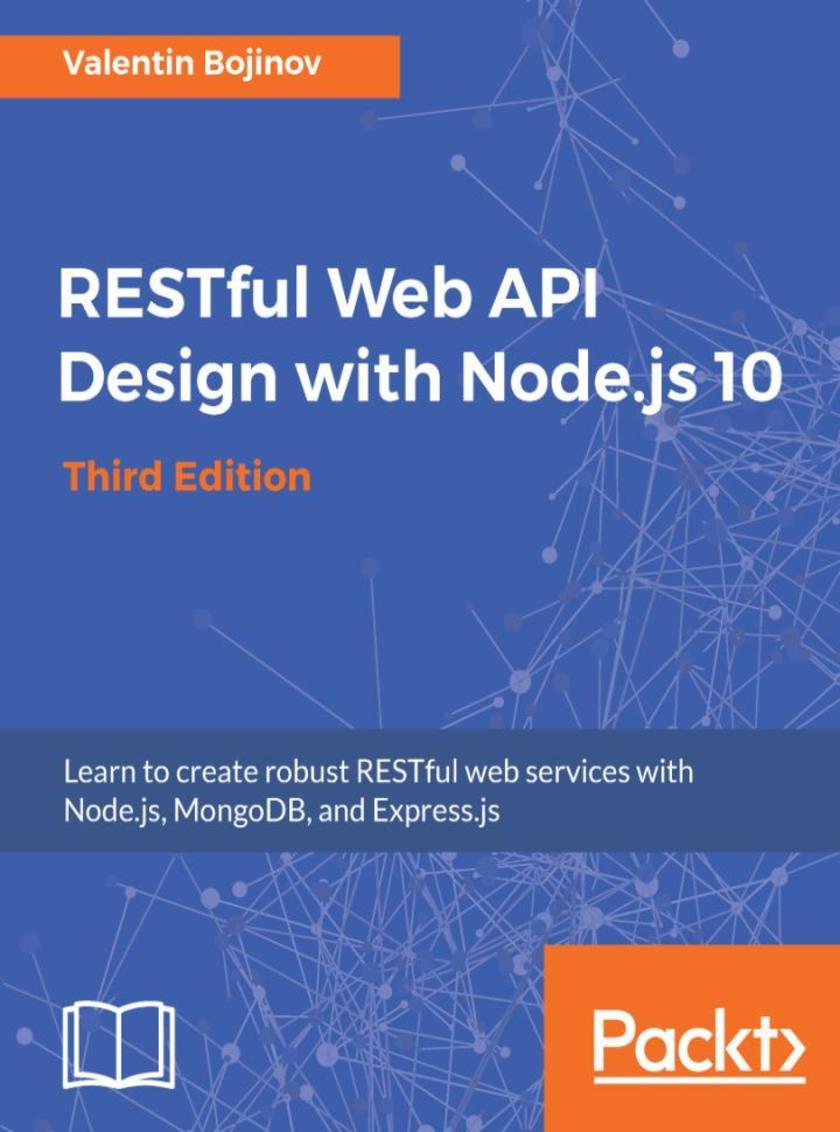
RESTful Web API Design with Node.js 10
¥54.49
Design and implement scalable and maintainable RESTful solutions with Node.js 10 About This Book ? Create rich and scalable RESTful API solutions from scratch ? Explore the new features of Node.js 10, Express 4.0, and MongoDB ? Integrate MongoDB in your Node.js application to store and secure your data Who This Book Is For If you are a web developer keen to enrich your development skills to create server-side RESTful applications based on the Node.js platform, this book is for you. Some knowledge of REST would be an added advantage, but is definitely not a necessity. What You Will Learn ? Install, develop, and test your own Node.js user modules ? Understand the differences between HTTP and RESTful applications ? Use self-descriptive URLs and set accurate HTTP status codes ? Eliminate third-party dependencies in your tests with mocking ? Implement automation tests for a REST-enabled endpoint with Mocha ? Secure your services with NoSQL database integration within Node.js applications ? Integrate a simple frontend using JavaScript libraries available on a CDN server In Detail When building RESTful services, it is really important to choose the right framework. Node.js, with its asynchronous, event-driven architecture, is exactly the right choice for building RESTful APIs. This third edition of RESTful Web API Design with Node.js 10 will teach you to create scalable and rich RESTful applications based on the Node.js platform. You will be introduced to the latest NPM package handler and understand how to use it to customize your RESTful development process. You will begin by understanding the key principle that makes an HTTP application a RESTful-enabled application. After writing a simple HTTP request handler, you will create and test Node.js modules using automated tests and mock objects; explore using the NoSQL database, MongoDB, to store data; and get to grips with using self-descriptive URLs. You’ll learn to set accurate HTTP status codes along with understanding how to keep your applications backward-compatible. Also, while implementing a full-fledged RESTful service, you will use Swagger to document the API and implement automation tests for a REST-enabled endpoint with Mocha. Lastly, you will explore some authentication techniques to secure your application. Style and approach Step-by-step practical guide to building RESTful applications
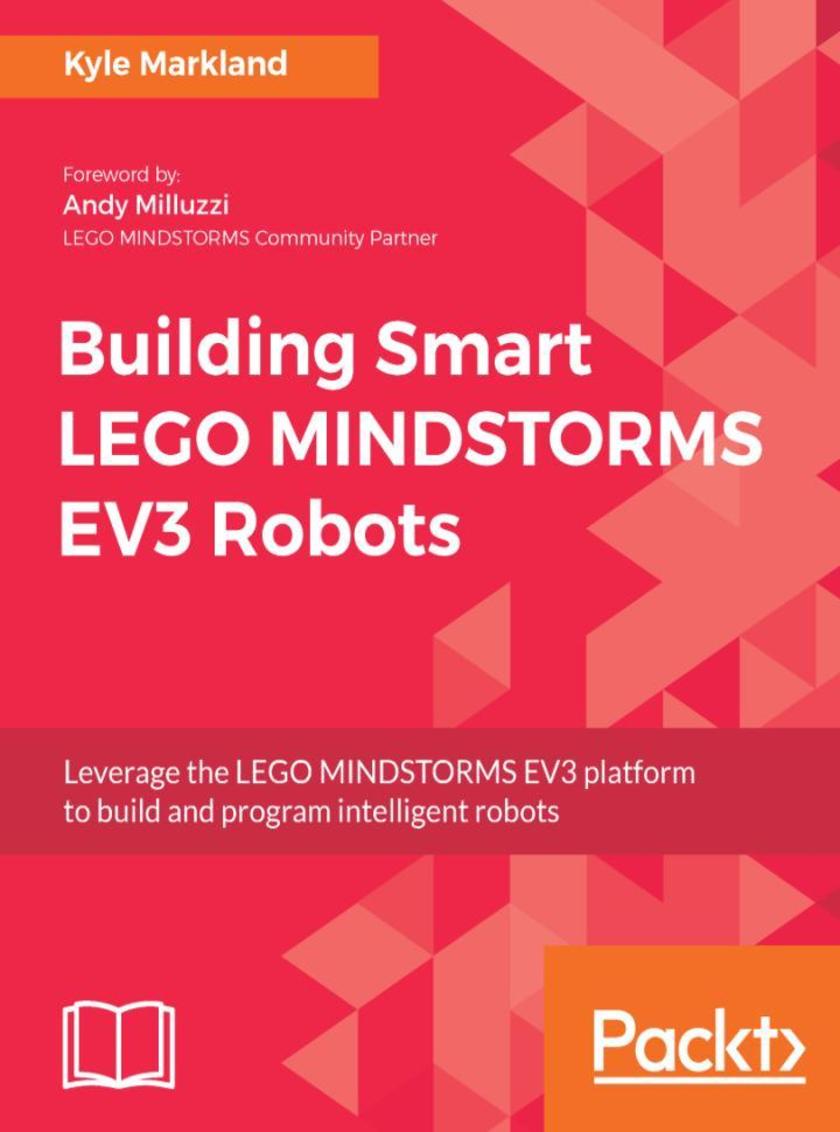
Building Smart LEGO MINDSTORMS EV3 Robots
¥54.49
Build and program smart robots with the EV3. About This Book ? Efficiently build smart robots with the LEGO MINDSTORMS EV3 ? Discover building techniques and programming concepts that are used by engineers to prototype robots in the real world ? This project-based guide will teach you how to build exciting projects such as the objecta-tracking tank, ultimate all-terrain vehicle, remote control race car, or even a GPS-navigating autonomous vehicle Who This Book Is For This book is for hobbyists, robotic engineers, and programmers who understand the basics of the EV3 programming language and are familiar with building with LEGO Technic and want to try some advanced projects. If you want to learn some new engineering techniques and take your experience with the EV3 to the next level, then this book is for you. What You Will Learn ? Understand the characteristics that make a robot smart ? Grasp proportional beacon following and use proximity sensors to track an object ? Discover how mechanisms such as rack-and-pinion and the worm gear work ? Program a custom GUI to make a robot more user friendly ? Make a fun and quirky interactive robot that has its own personality ? Get to know the principles of remote control and programming car-style steering ? Understand some of the mechanisms that enable a car to drive ? Navigate to a destination with a GPS receiver In Detail Smart robots are an ever-increasing part of our daily lives. With LEGO MINDSTORMS EV3, you can now prototype your very own small-scale smart robot that uses specialized programming and hardware to complete a mission. EV3 is a robotics platform for enthusiasts of all ages and experience levels that makes prototyping robots accessible to all. This book will walk you through six different projects that range from intermediate to advanced level. The projects will show you building and programming techniques that are used by engineers in the real world, which will help you build your own smart robot. You'll see how to make the most of the EV3 robotics platform and build some awesome smart robots. The book starts by introducing some real-world examples of smart robots. Then, we'll walk you through six different projects and explain the features that allow these robots to make intelligent decisions. The book will guide you as you build your own object-tracking tank, a box-climbing robot, an interactive robotic shark, a quirky bipedal robot, a speedy remote control race car, and a GPS-navigating robot. By the end of this book, you'll have the skills necessary to build and program your own smart robots with EV3. Style and approach This book will introduce you to the world of smart robots, then guide you through six different projects that can be completed with the LEGO MINDSTORMS EV3. The projects range from intermediate to advanced difficulty. The book will enable you to learn by example, walking you through the building and programming for each project and teaching you about the engineering concepts that allow each smart robot to complete its mission.
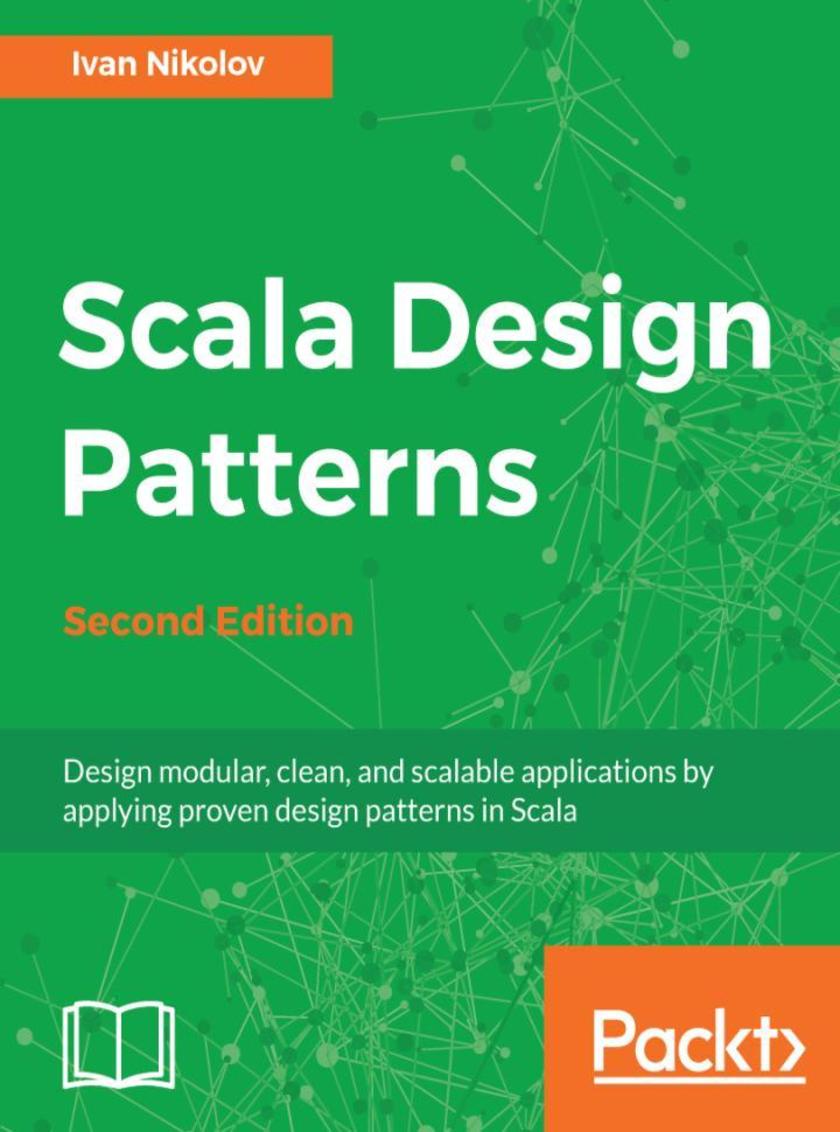
Scala Design Patterns.
¥81.74
Learn how to write efficient, clean, and reusable code with Scala About This Book ? Unleash the power of Scala and apply it in the real world to build scalable and robust applications. ? Learn about using and implementing Creational, Structural, Behavioral, and Functional design patterns in Scala ? Learn how to build scalable and extendable applications efficiently Who This Book Is For If you want to increase your understanding of Scala and apply design patterns to real-life application development, then this book is for you.Prior knowledge of Scala language is assumed/ expected. What You Will Learn ? Immerse yourself in industry-standard design patterns—structural, creational, and behavioral—to create extraordinary applications ? See the power of traits and their application in Scala ? Implement abstract and self types and build clean design patterns ? Build complex entity relationships using structural design patterns ? Create applications faster by applying functional design patterns In Detail Design patterns make developers’ lives easier by helping them write great software that is easy to maintain, runs efficiently, and is valuable to the company or people concerned. You’ll learn about the various features of Scala and will be able to apply well-known, industry-proven design patterns in your work. The book starts off by focusing on some of the most interesting and latest features of Scala while using practical real-world examples. We will be learning about IDE’s and Aspect Oriented Programming. We will be looking into different components in Scala. We will also cover the popular "Gang of Four" design patterns and show you how to incorporate functional patterns effectively. The book ends with a practical example that demonstrates how the presented material can be combined in real-life applications. You’ll learn the necessary concepts to build enterprise-grade applications. By the end of this book, you’ll have enough knowledge and understanding to quickly assess problems and come up with elegant solutions. Style and approach The design patterns in the book are explained using real-world, step-by-step examples. For each design pattern, there are tips on when to use it and when to look for something more suitable. This book can also be used as a practical guide, showing you how to leverage design patterns effectively. We've designed the book to be used as a quick reference guide while creating applications.
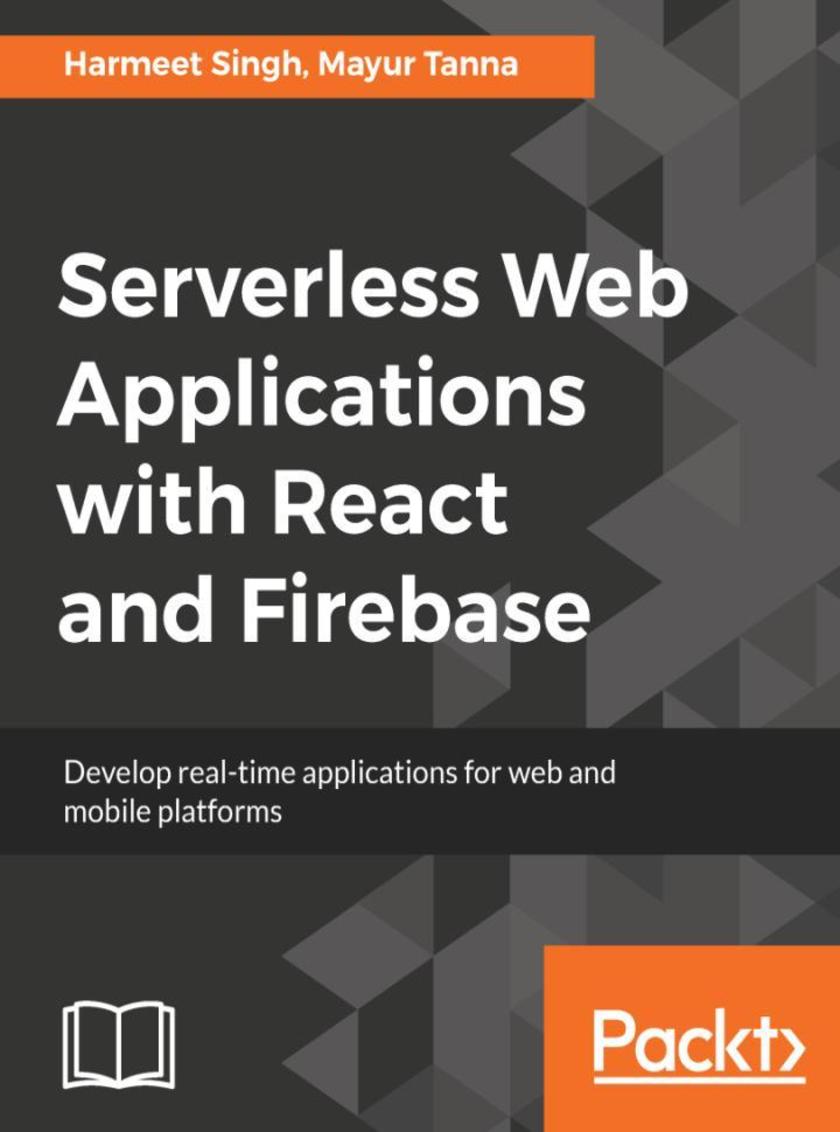
Serverless Web Applications with React and Firebase
¥73.02
Build rich and collaborative applications using client-side code with React, Redux, and Firebase About This Book ? A practical guide covering the full stack for web development with React 16 and Firebase ? Leverage the power of Firebase Cloud Storage, messaging, functions, OAuth, and database security to develop serverless web applications. ? Develop high-performance applications without the hassle of setting up complex web infrastructure. Who This Book Is For This book is for JavaScript developers who have some previous knowledge of React and want to develop serverless, full-stack applications but without the hassle of setting up a complex infrastructure. What You Will Learn ? Install powerful React.js and Firebase tools to make development much more efficient ? Create React components with Firebase to save and retrieve the data in real-time ? Use Firebase Authentication to make your React user interface secure ? Develop React and Firebase applications with Redux integration ? Firebase database security rules ? Firebase Cloud Storage Integration to upload and store data on the cloud ? Create a complete real-time application with React and firebase ? Using Firebase Cloud messaging and Cloud functions with React ? Firebase Cloud Storage integration with React In Detail ReactJS is a wonderful framework for UI development. Firebase as a backend with React is a great choice as it is easy, powerful, and provides great developer experience. It removes a lot of boilerplate code from your app and allows you to focus on your app to get it out quickly to users. Firebase with React is also a good choice for Most Viable Product (MVP) development. This book provides more practical insights rather than just theoretical concepts and includes basic to advanced examples – from hello world to a real-time seat booking app and Helpdesk application This book will cover the essentials of Firebase and React.js and will take you on a fast-paced journey through building real-time applications with Firebase features such as Cloud Storage, Cloud Function, Hosting and the Realtime Database. We will learn how to secure our application by using Firebase authentication and database security rules. We will leverage the power of Redux to organize data in the front-end, since Redux attempts to make state mutations predictable by imposing certain restrictions on how and when updates can happen. Towards the end of the book you will have improved your React skills by realizing the potential of Firebase to create real-time serverless web applications. Style and approach Practical insights rather than just theoretical concepts while including basic to advanced examples – from hello world to a real-time seat booking app and Helpdesk application.
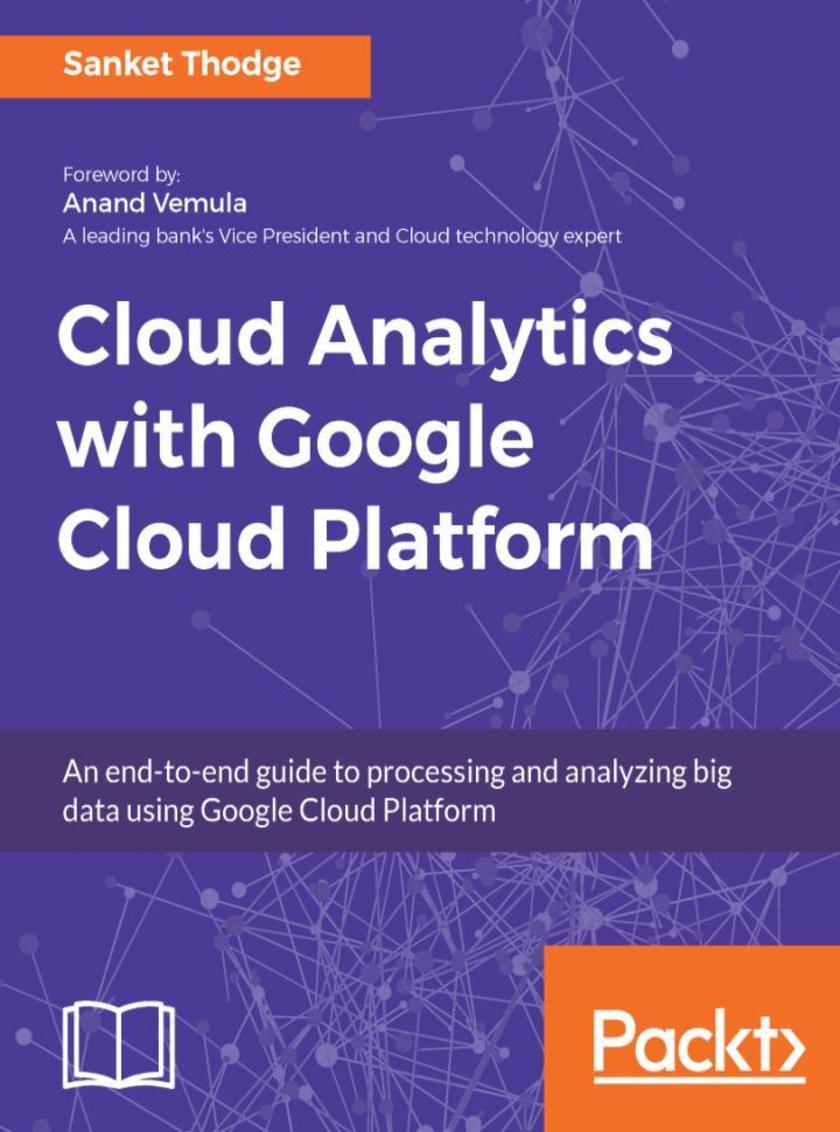
Cloud Analytics with Google Cloud Platform
¥73.02
Combine the power of analytics and cloud computing for faster and efficient insights About This Book ? Master the concept of analytics on the cloud: and how organizations are using it ? Learn the design considerations and while applying a cloud analytics solution ? Design an end-to-end analytics pipeline on the cloud Who This Book Is For This book is targeted at CIOs, CTOs, and even analytics professionals looking for various alternatives to implement their analytics pipeline on the cloud. Data professionals looking to get started with cloud-based analytics will also find this book useful. Some basic exposure to cloud platforms such as GCP will be helpful, but not mandatory. What You Will Learn ? Explore the basics of cloud analytics and the major cloud solutions ? Learn how organizations are using cloud analytics to improve the ROI ? Explore the design considerations while adopting cloud services ? Work with the ingestion and storage tools of GCP such as Cloud Pub/Sub ? Process your data with tools such as Cloud Dataproc, BigQuery, etc ? Over 70 GCP tools to build an analytics engine for cloud analytics ? Implement machine learning and other AI techniques on GCP In Detail With the ongoing data explosion, more and more organizations all over the world are slowly migrating their infrastructure to the cloud. These cloud platforms also provide their distinct analytics services to help you get faster insights from your data. This book will give you an introduction to the concept of analytics on the cloud, and the different cloud services popularly used for processing and analyzing data. If you’re planning to adopt the cloud analytics model for your business, this book will help you understand the design and business considerations to be kept in mind, and choose the best tools and alternatives for analytics, based on your requirements. The chapters in this book will take you through the 70+ services available in Google Cloud Platform and their implementation for practical purposes. From ingestion to processing your data, this book contains best practices on building an end-to-end analytics pipeline on the cloud by leveraging popular concepts such as machine learning and deep learning. By the end of this book, you will have a better understanding of cloud analytics as a concept as well as a practical know-how of its implementation Style and approach Comprehensive guide with a perfect blend of theory, examples, and implementation of real-world use-cases




 购物车
购物车 个人中心
个人中心



